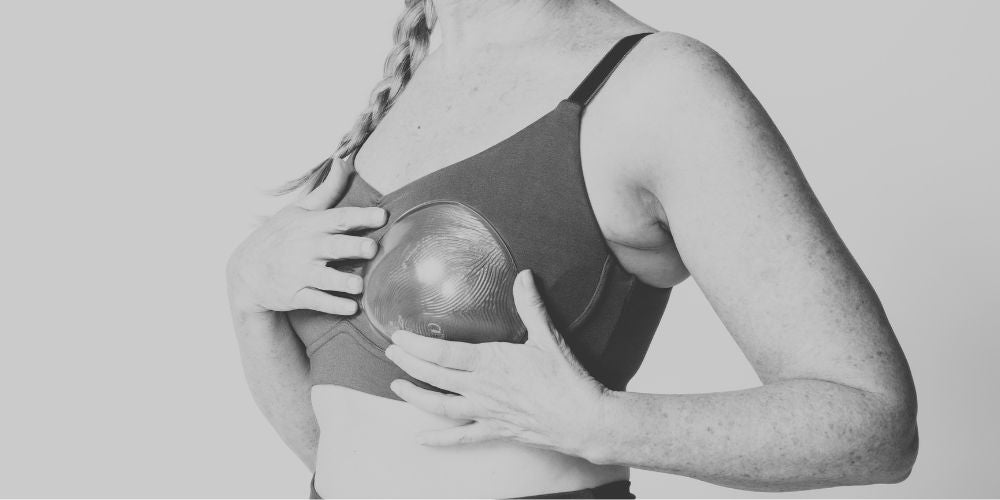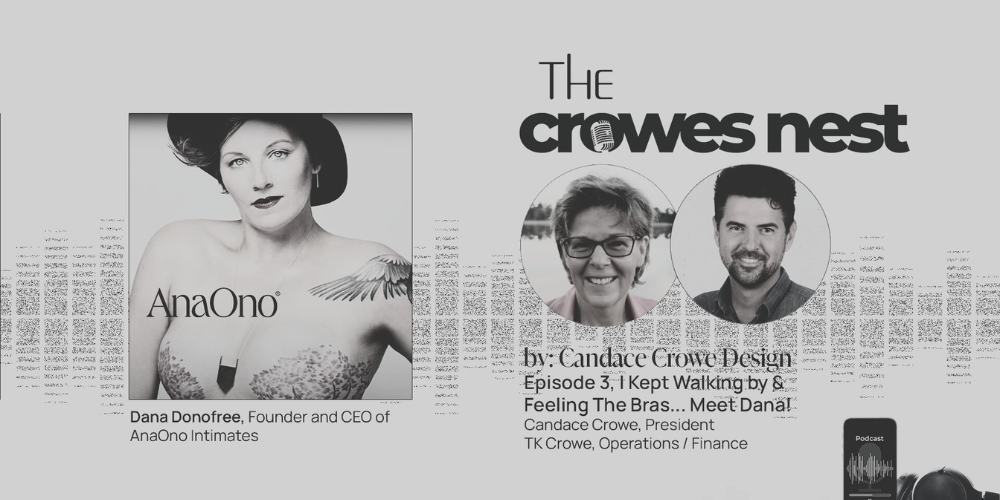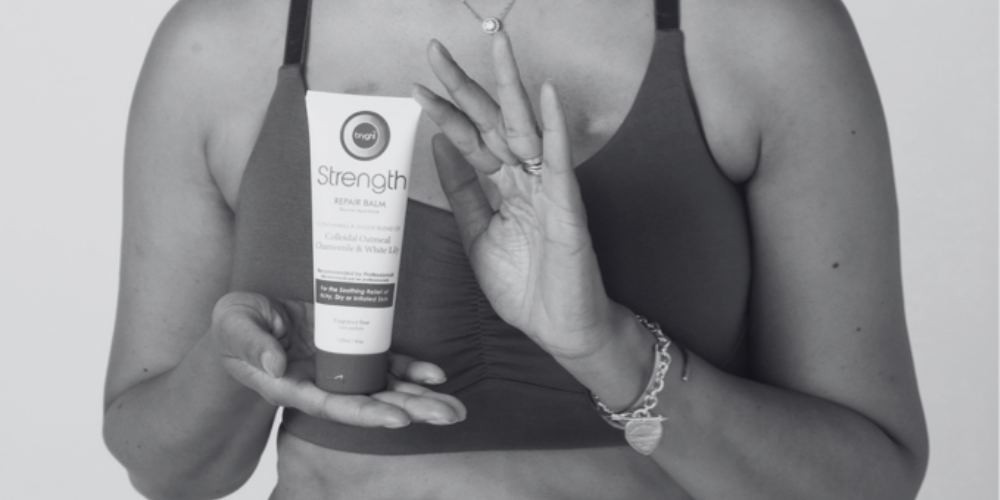Early Detection of Breast Cancer: What You Should Do
Breast cancer affects hundreds of thousands of women each year. According to the National Breast Cancer Organization, 1 in 8 women in the U.S. will develop breast cancer at some point during their lifetime. In fact, breast cancer is poised to surpass lung cancer as the number one most common cancer in women. With these odds, it’s extremely important to know your body and detect when something seems strange. However, you may wonder, what signs do I look for? Read on to discover why early detection is so important and how to help yourself detect breast cancer early.

Why Is Early Detection Of Breast Cancer Important?
Detecting breast cancer early is highly important because it allows for more time. This time is crucial for doctors to offer treatment options, treat cancer when it’s less aggressive, and overall increase likelihood of overcoming the disease. According to the Carol Milgard Breast Cancer, those who detect their breast cancer early have a 93 percent higher survival rate in the first five years.
Early detection is also important because breast cancer often exhibits few or no symptoms. Not everyone will experience “the moment” of finding a lump, and there are many other signs to look for, including changes to skin, nipples, and other areas of the breast. This is why it’s essential to be vigilant and know all the signs of cancer before it gets more difficult to treat.
How Can You Detect Breast Cancer Early?
To detect breast cancer early, you need to be your own best health advocate. This means that you need to know your body, listen to its needs, and be aware if there are any unusual changes. It can be scary, but it’s important to speak up for yourself at the doctor’s office if you suspect anything is wrong. These can all make the difference between catching an issue in its early stages and letting it go on too long.
Here’s a list of a few things you can do to help detect breast cancer early.
Self-Exams
A self-exam is important for people of all ages to ensure your breast tissue is healthy. These can be conducted in front of a mirror or while in the shower. Aim to perform a self-exam monthly. To conduct a self-breast exam, there are four steps to follow. Here’s how to do it:
- Examine your breasts. Look at your breasts in the mirror to detect if they are their usual shape, size, and color. If you see anything out of the ordinary, such as a rash, bruising, swelling, or bulging skin, speak with your doctor. These can be benign, but they can also be an early sign. Keep your arms at your sides while examining your breasts in the mirror.
- Raise your arms: Look at yourself in the mirror with your arms raised. Doing so shows you a different angle for your breasts. Check for the same unusual changes that you looked for in Step 1. You should also look for any fluid that may come out of your nipples.
- Feel your breasts: In a lying position, raise your right arm and feel your left breast. This motion expands your breast tissue, making it easier to examine. Use a few fingerpads and move in a smooth, circular motion to feel for any lumps or bumps. Do this movement around your entire breast. Do the opposite with your left hand and right breast.
- Feel your breasts while sitting or standing: Using the same hand movements as in the previous step, feel your breasts again. This changes the position of the breast tissue once more, giving you a more complete picture of any changes to your breasts. You may opt to complete this step while in the shower, or right after getting out of the shower.

Regular Checkups
Whether you’re at average risk or at a higher risk of breast cancer, it’s important to get regular checkups. Depending on your family history, health, and age, the doctor can determine how often you should be seen, and what tests and imaging you should have done to screen for cancer.
Mammograms
A common early detection method is to get a mammogram, which is an x-ray of your breasts. These can be beneficial when it comes to detecting cancer because it can see breast changes well before you may notice them, and it can detect changes that aren’t visible to the naked eye. If you’re at average risk of developing breast cancer – meaning you don’t have any family history or a genetic mutation – your physician will likely recommend that you get a mammogram annually or bi-annually starting between the ages of 40 and 50.
Knowing Your Body
You know your body better than anyone else does. Even if it's a dimple or tiny lump, ask your doctor to check it out. Noticing these signs can potentially save you from a later detection and spread of breast cancer.
At What Age Should I Start Checking For Breast Cancer?
There’s no magic answer as to the best age to start the procedures for early detection of breast cancer, but the age may be younger than you think. AnaOno founder Dana Donofree was diagnosed with breast cancer at age 27, more than a full decade younger than the recommended age to begin mammograms.
You’re never too young to know your body. Take note of your breast shape, size, and appearance now to set a baseline of normal. Monthly breast checks can help ensure that nothing has changed, or you can bring anything that may seem out of the ordinary to the attention of your doctor. Whether you’re at average risk, at higher risk, or have no family history at all of developing breast cancer, speak with your medical team to chart out the best course of action for your breast health.










